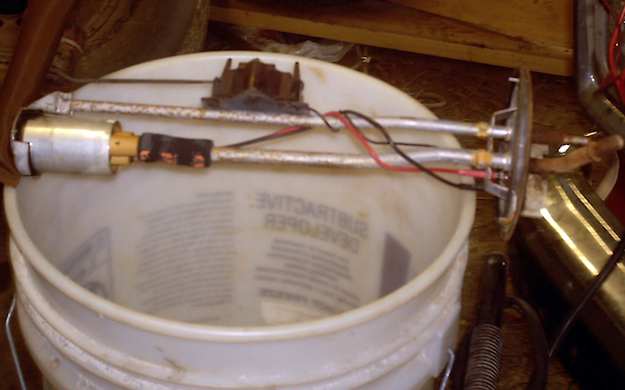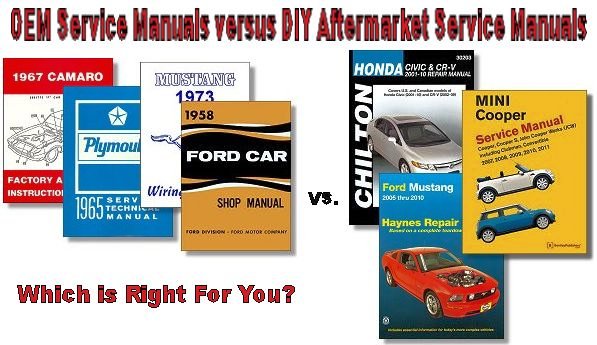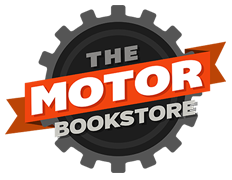
Monthly Archives: December 2016
How to Tell if Your Fuel Pump is Bad – Tips and Strategies
Having a full tank of fuel doesn’t do any good if it can’t get to your vehicle’s engine, which is where your fuel pump comes in. But like any mechanical part, a fuel pump won’t last forever. These tips and warning signs will help you determine if the fuel pump needs to be replaced on your vehicle.

- You hear a whining or howling noise from the fuel tank. Electric fuel pumps make a clicking or buzzing sound when they’re functioning normally. Whining, howling and whirring are early signs the pump is going south.
- Your vehicle suddenly “surges” when moving at consistent speed. You’re driving at 35 mph, and your vehicle suddenly speeds up to 40 mph even though you didn’t press any harder on the gas pedal. It could be ghosts in the machine – or a sign your fuel pump has irregular resistance within the motor.
- You experience a loss of power when accelerating or under stress. Even a balky fuel pump can be sufficient when moving at a constant speed on flat roads. But if you lose power when accelerating, going up hills or hauling loads, your engine isn’t getting the fuel it needs.
- Your vehicle suddenly becomes a gas guzzler (or more of one). When the relief valve on your fuel pump doesn’t open, more fuel goes into the engine then is necessary. If you suddenly need to stop for gas a lot more often, this could be why.
- Your vehicle doesn’t start or has trouble starting. This is the endgame of a bad fuel pump – when it can’t even get enough fuel to the engine to properly start it.
There are two ways to test your fuel pump if you suspect it’s bad. First, put your key in the ignition and turn it to the On or Accessory positon (without starting the car); you should hear the pump start up. If it doesn’t start, attach a fuel pressure gauge to the pressure valve near the engine, and compare the reading to the recommended pressure in your OEM, Clymer, Haynes or Chilton Total Car Care manual. If the pressures are significantly different, it may be time for a new pump.
Vehicle Service Manuals: OEM vs. DIY Aftermarket
So you’ve decided to learn more about your vehicle, and are looking for the best vehicle service manuals you can find. But where do you start? You’d like to get an original factory manual – but is a less expensive aftermarket DIY manual from Haynes, Chilton, or Clymer exactly what you need? The Motor Bookstore examines the upside of each.

OEM/factory manuals
OEM, or “original equipment manufacturer” manuals, offers the most information you can find about your vehicle. They’re written by the company that built the vehicle and are aimed at professional technicians and advanced mechanics. Different types of OEM manuals can include service manuals, wiring manuals, unit repair manuals and owner’s manuals. These manuals are usually hundreds and even thousands of pages. While they can be expensive and harder to find for older vehicles, and the sheer amount of information can be overwhelming for newcomers, they’re an invaluable resource to have.
DIY/aftermarket manuals
Chilton, Haynes and Clymer are often referred to as “do it yourself” or “aftermarket” manuals. These books usually cover one or two vehicles spanning multiple years. (For example, one Haynes manual covers the Honda Accord from 2003-2012 manual and the Honda Crosstour from 2010-2014.) As a result, there is typically less information about each specific vehicle, but they do include additional instructions, photographs and illustrations for novices.
Chilton has been publishing automotive magazines and manuals for more than 100 years, and is known for their Chilton Total Care series. Haynes has been around for almost 60 years and publishes automotive manuals, motorcycle manuals and techbooks. Manuals from each are typically a few hundred pages and cover various maintenance and repair procedures. Chilton manuals also include engine torque specifications for those looking to rebuild engines. Clymer manuals focus on power sport vehicles such as motorcycles, ATVs and snowmobiles. Their big selling point is that each machine is completely disassembled and reassembled during the writing process, resulting in more detailed instructions.
Final thoughts
If you’re a novice mechanic, a DIY manual from Chilton, Haynes or Clymer is a great starting point, and their instructions and diagrams will be helpful on early projects. More experienced mechanics will want to make the additional investment in an OEM manual aimed at their specific vehicle.

 Shop Store
Shop Store











